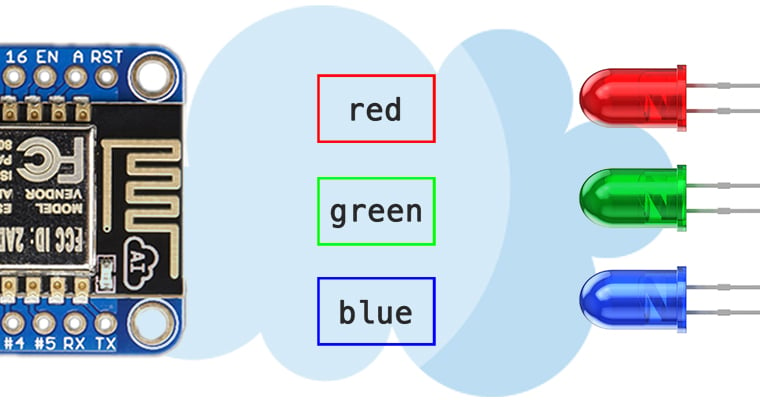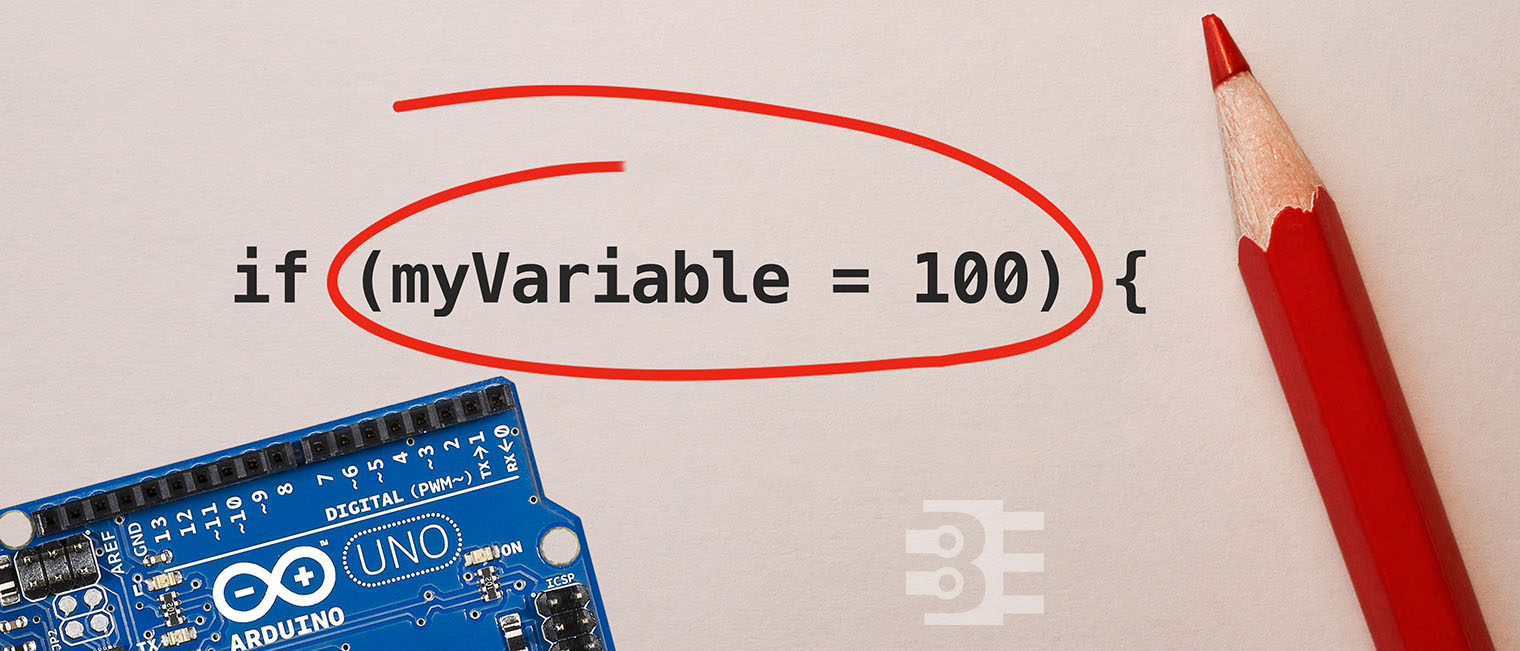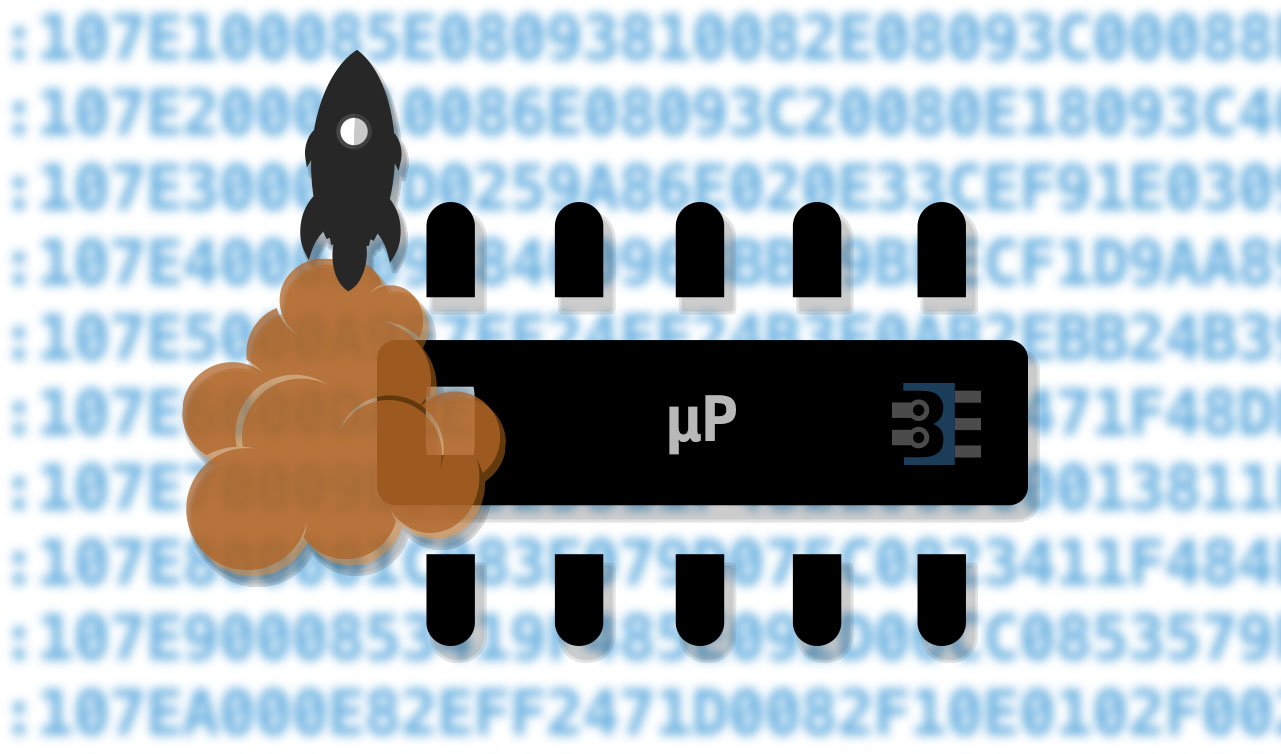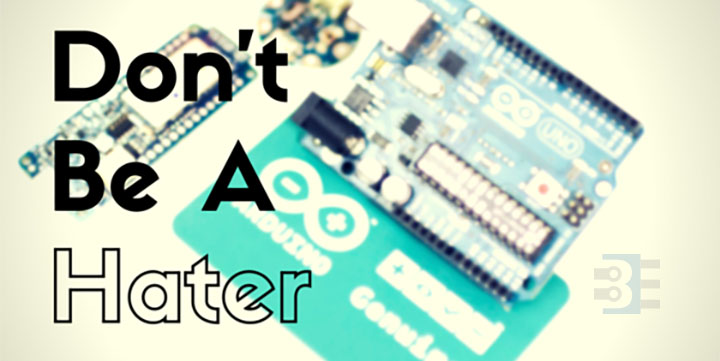A couple of months ago podcast I listen to interviewed an embedded engineer. Eventually, the topic of Arduino came up, and all three people on the show let of sighs of disgust. This lead to me to start thinking about why do engineers hate Arduino?
On this particular show, they said Arduino had too many abstraction layers to be useful. All three members of the panel agreed that direct hardware access was critical to success in embedded designs.
On the same episode, the same people talking, the topic changed to using a new chip or sensor. Then this comment was made: “I won’t design for a chip with no high-level software API and detailed examples.” (I’m paraphrasing to protect the innocent.) Everyone on the episode agreed.
Wow. Just what is Arduino then? One view is that it’s a well-documented board, with a high-level API, and lots of detailed examples. But somehow, these features on other platforms is desirable? So why do did these engineers hate Arduino so much when it is what they said every vendor should offer?
Are they haters? Are they trolls? Or are they just engineers who show a behavior common to humans. Let’s take a look at why engineers hate Arduino using other examples and concepts from psychology.






